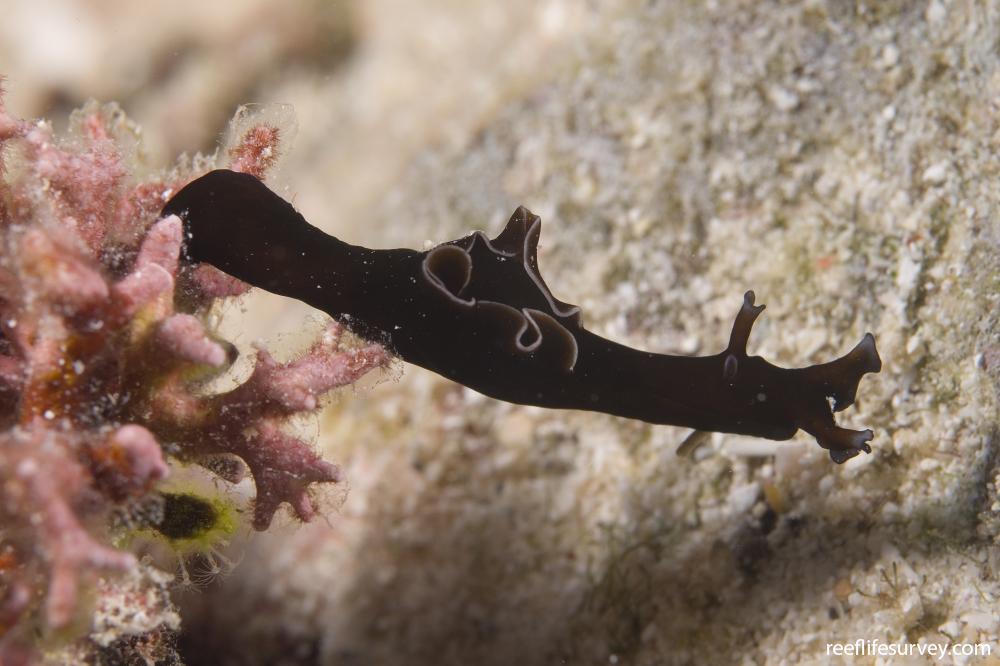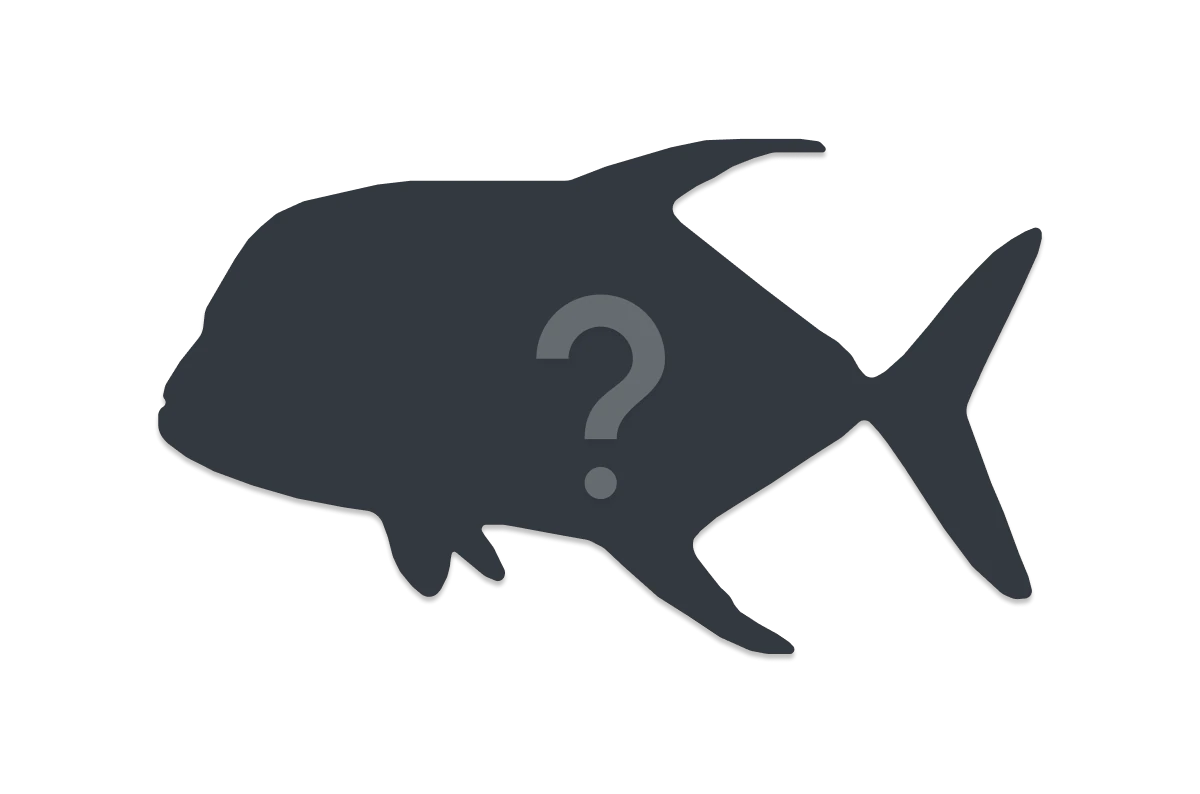Aplysia parvula
Black-lined sea hareSimilar Species
Same Genus
Distribution
Temperate Africa, Temperate Australasia, Temperate South America, Temperate northern Atlantic, Temperate northern Pacific, Tropical Atlantic/Caribbean, Tropical Eastern Pacific, Tropical Indo-Pacific
Description
Distinguished by the black edge to the parapodial flaps. Background colouration can be yellow, green, brown or red, depending on the colour of the host seaweed on which the animal is feeding. The species is, however, easily recognised by the black trim to the parapodia and the black tips to the oral tentacles and rhinophores. It also is a relatively small sea hare, whose parapodia commence a long way back along the body. Like many other opisthobranchs, it is sporadic in appearance, being extremely abundant at some sites for several months and then not being seen again for several years.
Information
Max Size: 10 cm
Sea Temperature Range: 10.5-31.4°C
Depth: 0-20m
Habitat Generalization Index: N/A
Also referred to as the SGI (Species Generalisation Index), this describes the habitat niche breadth of the species. Species with values less than 15 are found in a relatively narrow range of reef habitat types (specialists), while those over 25 may be found on most hard substrates within their range (generalists). Learn more here.
Conservation and Rarity
IUCN Status: Not Evaluated
Occurrence: Rare (0.7% of sites)
Occurrence describes how often the species is found on surveys within its distribution. It is calculated as the % of reef sites surveyed by RLS divers across all the ecoregions in which the species has been observed
Abundance: Few (2 per transect)
Abundance is calculated as the average number of individuals recorded per RLS transect, where present.
Edit by: GJ Edgar. 2008. Australian Marine Life. New Holland, Sydney

















